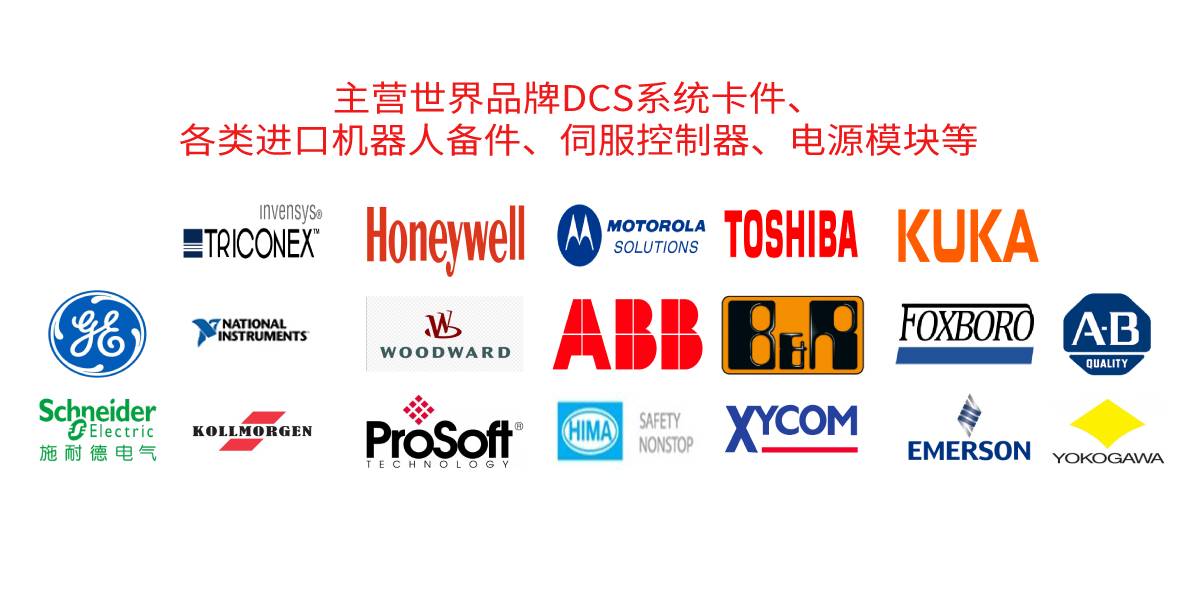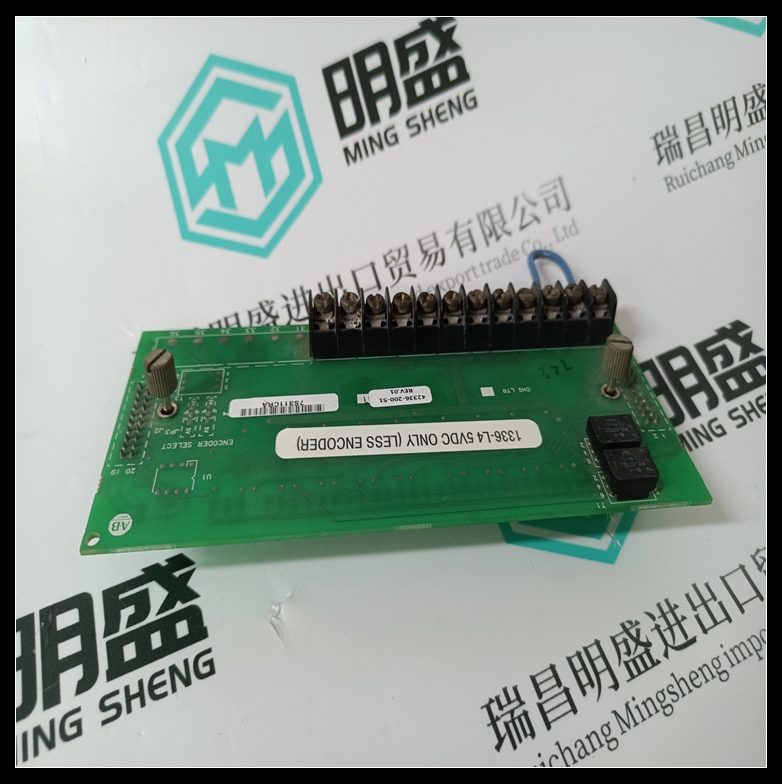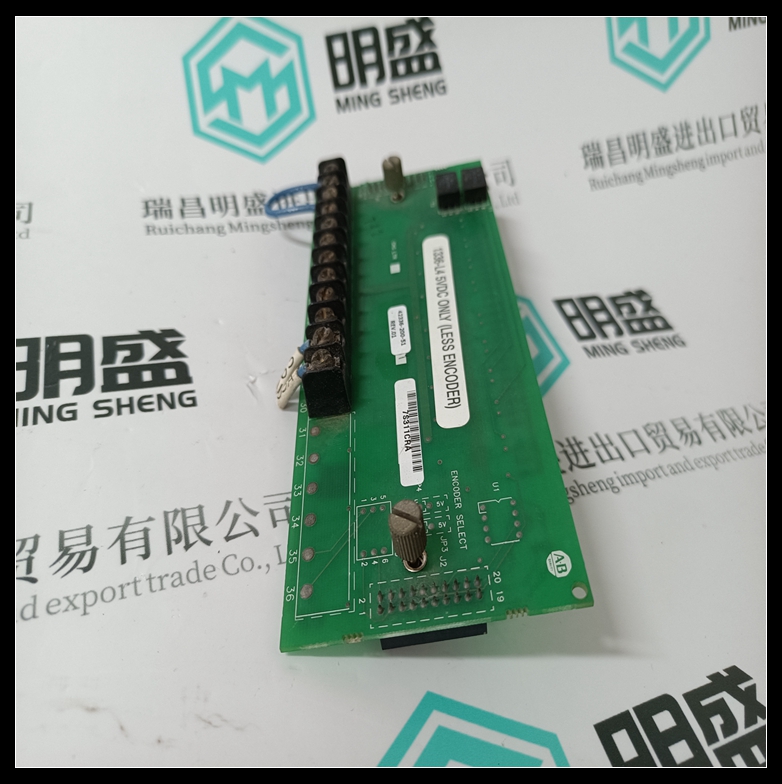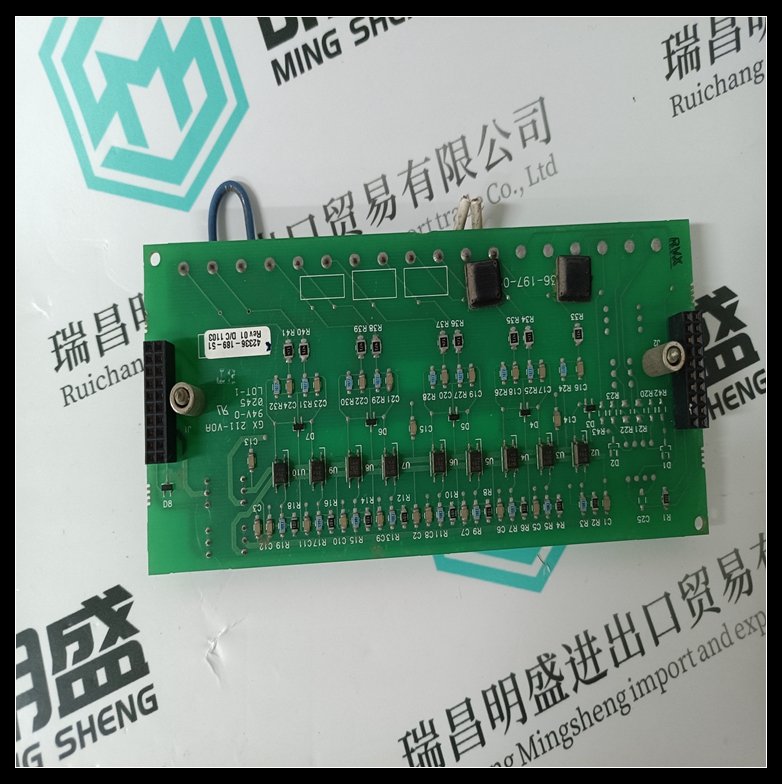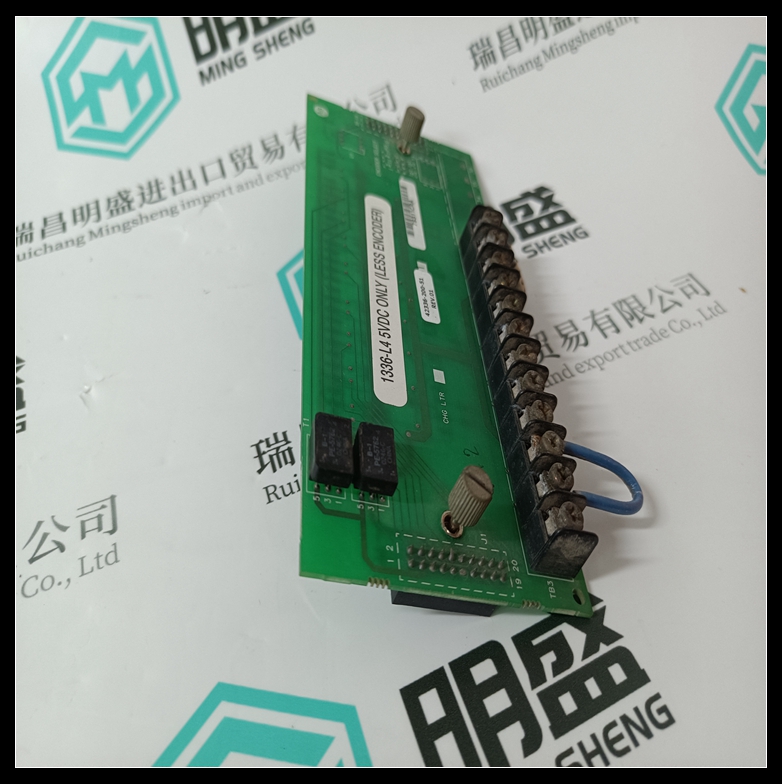1336-L4變頻器配件,1336-L4使用方法
現(xiàn)代焦?fàn)t爐體最上部是爐頂,爐頂之下為相間配置的燃燒室和炭化室,爐體下部有蓄熱室和連接蓄熱室與燃燒室的斜道區(qū)。在煉焦生產(chǎn)過程中,煤料從煤塔卸到煤車分別送至各碳化室裝爐再將一定量的煤氣和適當(dāng)比例的空氣經(jīng)蓄熱室預(yù)熱后,送至燃燒室混合燃燒,煤在炭化室內(nèi)由兩側(cè)燃燒室經(jīng)硅磚壁傳熱進(jìn)行單向供熱干餾。1336-L4變頻器配件炭化室內(nèi)的煤在干餾過程中產(chǎn)生大量的荒煤氣,荒煤氣通過集氣管流往回收作業(yè)區(qū)進(jìn)行凈化與重利用。整個(gè)結(jié)焦周期一般為18.5h~23h,然后由推焦機(jī)把焦炭推出,并用惰性氣體進(jìn)行干熄焦。
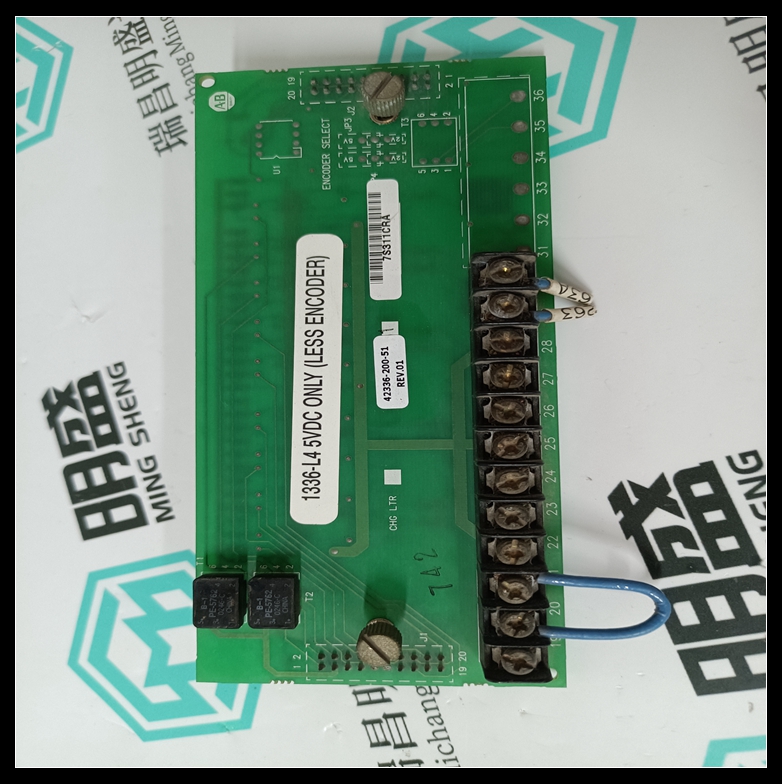
在焦化生產(chǎn)過程中,焦炭質(zhì)量、焦?fàn)t荒煤氣的回收利用效率,是焦化生產(chǎn)的主要經(jīng)濟(jì)指標(biāo)。而影響要素焦?fàn)t爐溫、集氣管壓力、低水份水熄焦/干熄焦等則是生產(chǎn)過程中的重點(diǎn)控制對象,是保證焦化生產(chǎn)平穩(wěn)進(jìn)行的關(guān)鍵因素。
圖1 焦化工藝流程圖
3、控制策略
焦化生產(chǎn)的整體控制方案主要分為:
1. 順序控制系統(tǒng) 1336-L4變頻器配件
主要包括焦?fàn)t換向、備煤、(配煤)篩焦、干熄焦(濕熄焦)等順序控制系統(tǒng),用以實(shí)現(xiàn)對設(shè)備的順序啟停、順序控制和聯(lián)鎖保護(hù)等功能。
2. 聯(lián)鎖系統(tǒng)
主要包括鼓風(fēng)機(jī)和電捕塔(電捕焦油器)的運(yùn)行聯(lián)鎖、焦?fàn)t三大車或四大車(部分焦?fàn)t有除塵車)聯(lián)鎖及鼓風(fēng)機(jī)\油泵和電捕塔(電捕焦油器)的運(yùn)行連鎖等。 三車聯(lián)鎖
通過在推焦車、攔焦車和熄焦車上設(shè)置的爐號(hào)識(shí)別裝置、數(shù)據(jù)采集裝置、無線數(shù)據(jù)傳輸裝置等,進(jìn)行各車輛位置識(shí)別和工作狀態(tài)的自動(dòng)采集,通過數(shù)據(jù)處理和數(shù)據(jù)雙向傳送,完成車輛間的信息傳遞和交換,實(shí)現(xiàn)推焦車、攔焦車、熄焦車聯(lián)鎖和操作管理功能。
鼓風(fēng)機(jī)聯(lián)鎖
焦?fàn)t荒煤氣系統(tǒng)主要的控制設(shè)備為鼓風(fēng)機(jī),離心鼓風(fēng)機(jī)的喘振控制通過煤氣小循環(huán)手動(dòng)閥控制(一般不引入系統(tǒng)),煤氣總管吸力通過煤氣大循環(huán)或鼓風(fēng)機(jī)調(diào)速控制實(shí)現(xiàn);控制對象主要是∏形管后蝶閥,機(jī)前蝶閥,風(fēng)機(jī)變頻器或液力偶合器。控制系統(tǒng)主要實(shí)現(xiàn)監(jiān)控和風(fēng)機(jī)系統(tǒng)的聯(lián)鎖和聯(lián)鎖記錄。
system. The stability criterion becomes the problem of finding a common Lyapunov function from a set of Lyapunov inequalities [44]. Since there is no general effective method to analytically find a common Lyapunov function, Therefore, Tanaka et al. [43, 44] did not provide a method to find the common matrix P of Lyapunov stability condition. In order to solve this problem, literature [45-47] proposes to use linear matrix inequality to describe the stability condition. Some scholars use a set of P matrices to replace a common matrix P of Lyapunov function in literature [43,44], and construct a piecewise approximately smooth quadratic Lyapunov function for stability analysis [37]. Each matrix P corresponds to only one subsystem, and shows that the fuzzy control system is globally stable if and only if a set of appropriate Riccati equations have positive definite symmetric solutions and these solutions can be obtained.
Using Lyapunov linearization





